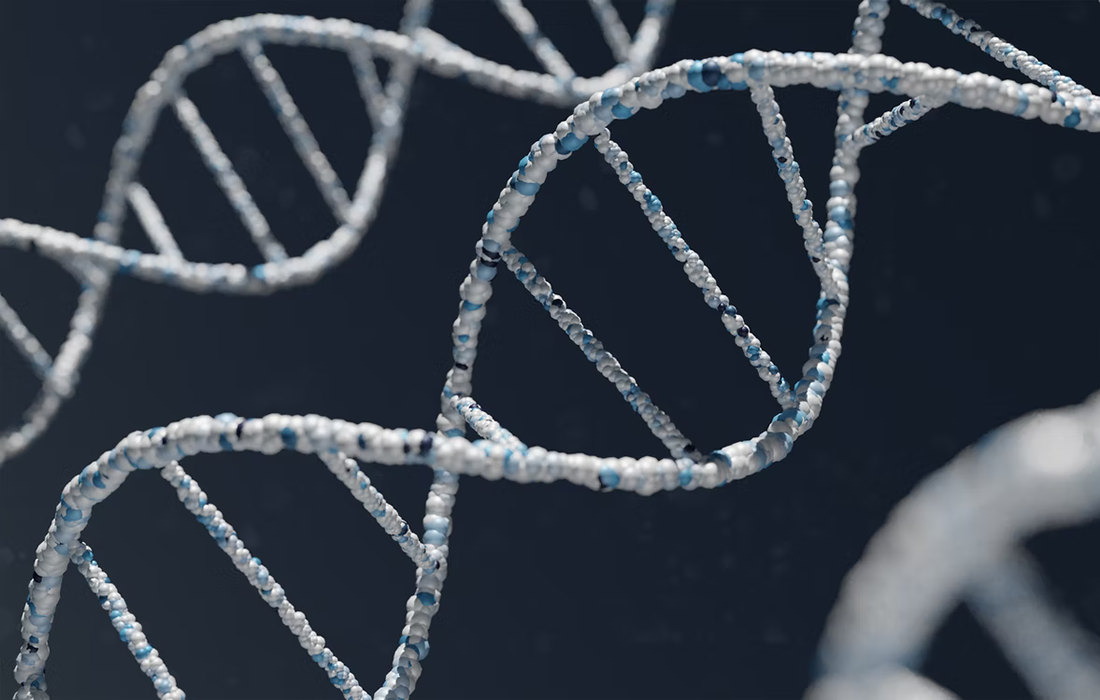Regenerative Medicine News and General Information
For the First Time, Researchers Have Generated a Complete Sequence of a Human Genome
Scientists have published the first complete, gapless sequence of a human genome. The Human Genome Project has been working on this for over two decades. According to researchers, having a complete, gap-free, that consists of 3 billion bases (or letters) in our DNA is critical to understanding the full spectrum of human genomic variation and to understanding the genetic contributions of certain diseases.
Having a complete genome sequence will help answer questions of how chromosomes properly segregate and divide, and will provide more accurate information about the genomic variants within 622 medically relevant genes.
This will also help for studies aiming to establish views of human genomic variation, to know how people’s DNA differs and could become an important part of clinical care in the future.
Six papers encompassing the completed sequence appear in Science, along with companion papers in several other journals.
Researchers generated the complete genome sequence using a special cell line that has two identical copies of each chromosome, unlike most human cells, which carry two slightly different copies.
“In the future, when someone has their genome sequenced, we will be able to identify all of the variants in their DNA and use that information to better guide their healthcare,” said Adam Phillippy, Ph.D., whose research group at NHGRI led the finishing effort. “Truly finishing the human genome sequence was like putting on a new pair of glasses. Now that we can clearly see everything, we are one step closer to understanding what it all means.”
Source:
National Institutes of Health. “Researchers generate the first complete, gapless sequence of a human genome.” ScienceDaily. ScienceDaily, 31 March 2022.
<www.sciencedaily.com/releases/2022/03/220331151517.htm>.
Image from:
Photo by Warren Umoh on Unsplash

